Digital transformation may sound cumbersome, but it’s a necessity for senior housing providers as they look to secure their place in the future of the healthcare ecosystem.
While the thought of change can become overwhelming, the long-term benefits and new opportunities on the horizon make the choice to embrace digitization a critical element for senior housing.
In fact, according to a recent report from Accenture, 81% of healthcare executives say the pace of digital transformation for their organization is already accelerating.
That figure sits well with Travis Palmquist, vice president of industry marketing for PointClickCare, who recently spoke at SLIF about the urgent need for senior living providers to digitize now.
“This is not just a senior living conversation,” he said. “Healthcare, in general, is slow to adopting tech, but there are loads of opportunities to get down this path.”
But how to get started on this transformation? Palmquist said making the leap can be done in five related stages that set the tone for a successful future.
Digitization
“Does your data exist in a digital form?” Palmquist asked. “Ask yourself, are you at least at a point where you have meaningful data digitized? If not, it will be increasingly challenging to be competitive.”
In an industry built on consumer choice, brand identity and equity, making sure you have the best possible reputation is important, and it’s something that can be elevated by digitization.
“We found a lot of facilities didn’t have this when the pandemic started,” Palmquist said. “It’s not just about family engagement, there are all kinds of reasons that you want to have things digitized.”
Having the ability to quickly load and view patient files and utilizing data for core health and wellness programs is part of current and future operations in senior living.
Standardization
“Without standardized data and the ability to tell our own stories, we are at the mercy of the headlines,” Palmquist said. “There is an opportunity for standardization to drive efficiencies, common metrics set common definitions.”
During the pandemic, Palmquist said PointClickCare was able to help operators more easily obtain supplies because their data was digitized and standardized.
“We were able to prioritize them in order to get supplies to get through this,” he said.
Analytics and Insight
With data digitized and easily accessible, owners and operators can now unleash the power of benchmarking to inform their decisions, make improvements and carve out their place in the market.
“In a multi-community organization, you can compare key business insights and see where you need to be making decisions,” Palmquist said. “We understand that we built an industry on consumer choice, but you’re providing healthcare services. There are a lot of opportunities to have different conversations, but you have to show the data and benchmarks to compare to other providers.”
Benchmarks like medication compliance and the management of chronic diseases are all being tracked and could be used for monetization in the future, Palmquist said.
Interoperability
Building off of digitization, standardization and analytics, Palmquist said the connectivity to share data in real-time is a bigger piece of the healthcare ecosystem.
“Senior living deserves a bigger seat at that table,” he said. “At the end of the day, everyone wins.”

Photo Credit: Alexander Sinn |
Machine learning, artificial intelligence, and the power of reliable data, all go together setting the stage for the ability to be predictive,” Palmquist said.
“There are organizations that can predict falls before they happen,” Palmquist said. “If we all could do this, we can provide better care and living experiences to individuals in our communities and bring more value to the ecosystem.”
Additionally, the senior living industry is already making sure residents are compliant with medications, managing chronic diseases, and doing preventative health and wellness checks, he said. What isn’t happening is the sharing of that information.
“You aren’t helping to unleash the value you are providing to the greater ecosystem,” he said. “If we can do this, it will have a big impact on occupancy and retaining staff.”
Evolving Care Models
Each prior stage leads to the next care model in senior living, stages accelerated by the pandemic. From tech-enabled virtual care to telehealth, each new model will create a more robust senior living industry.
"What is the point of all this?” Palmquist asked. “It’s to get people in their homes as fast as they can and as safely and securely as we can.”
That includes the residents of senior living facilities.
“To think that none of this will change the future or our direction is naive,” he said. “We have to embrace these evolving care models. Will you watch the future of technology in healthcare transform around you or will you be the one leading it?”
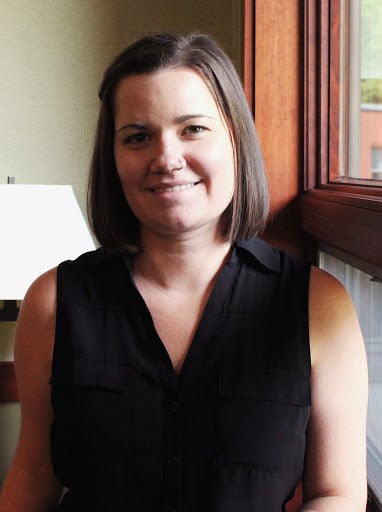
Posted by
SLIF heads to Carlsbad!
The One of a Kind Retreat for Senior Housing Leaders.
May 31 - June 2, 2026 | Carlsbad, CA
Learn More

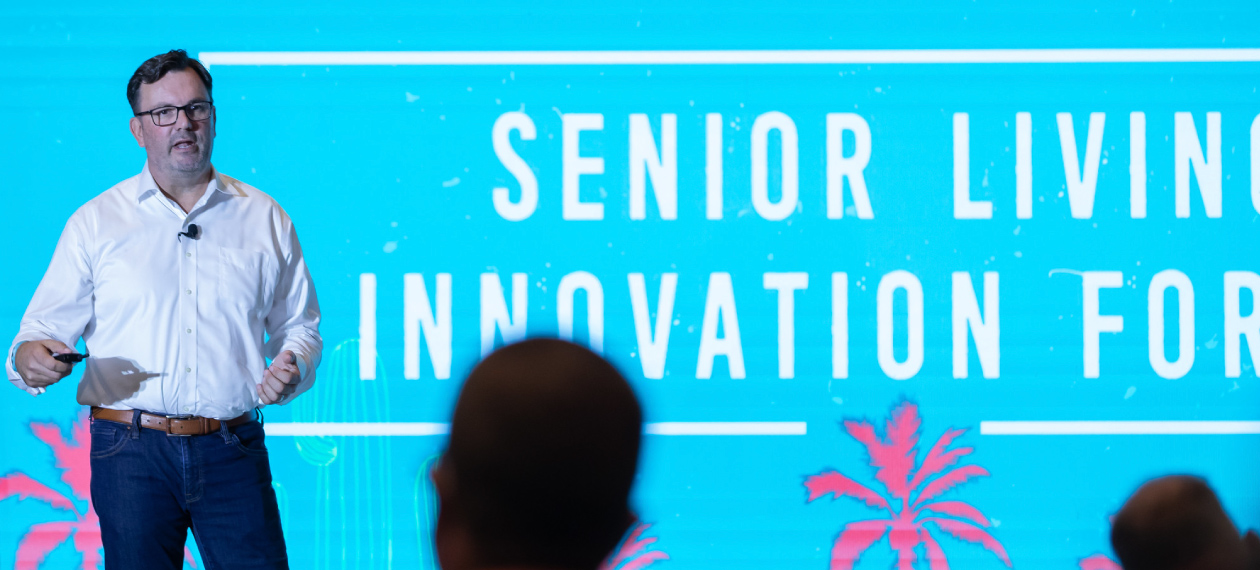


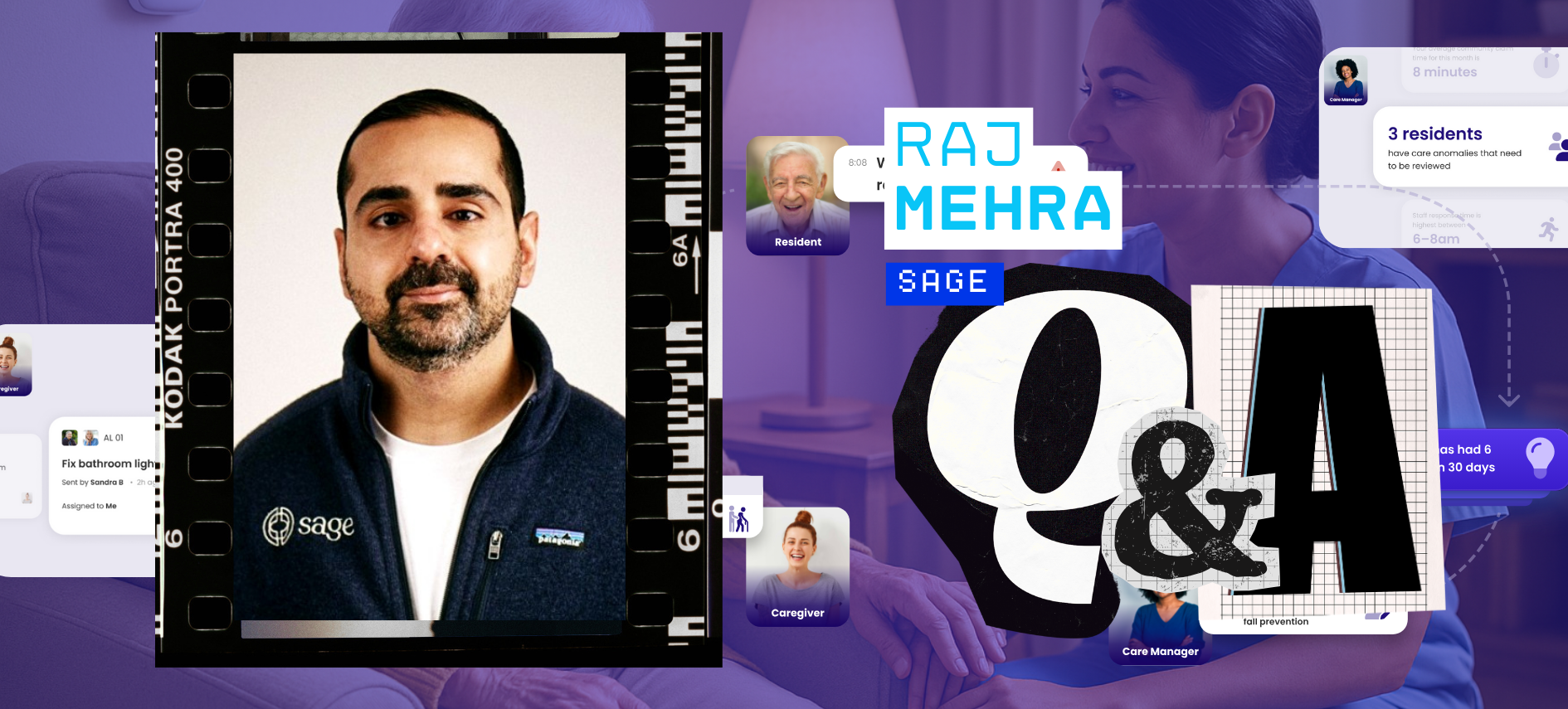
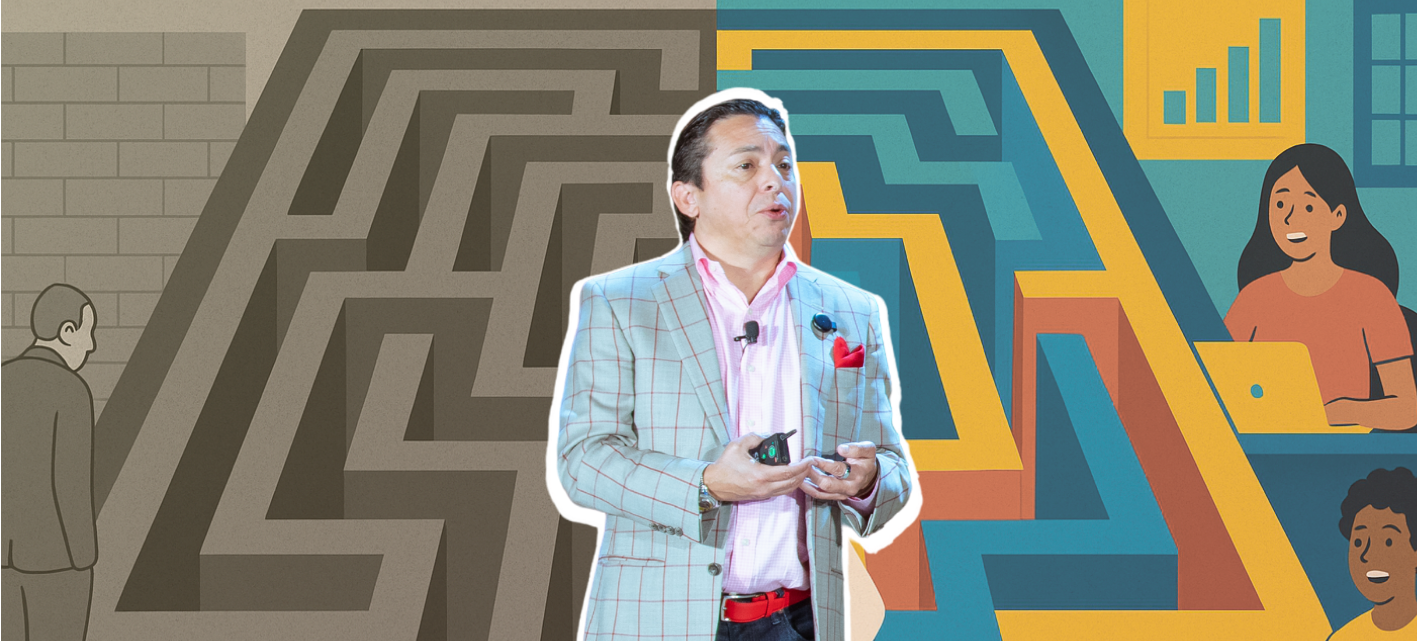

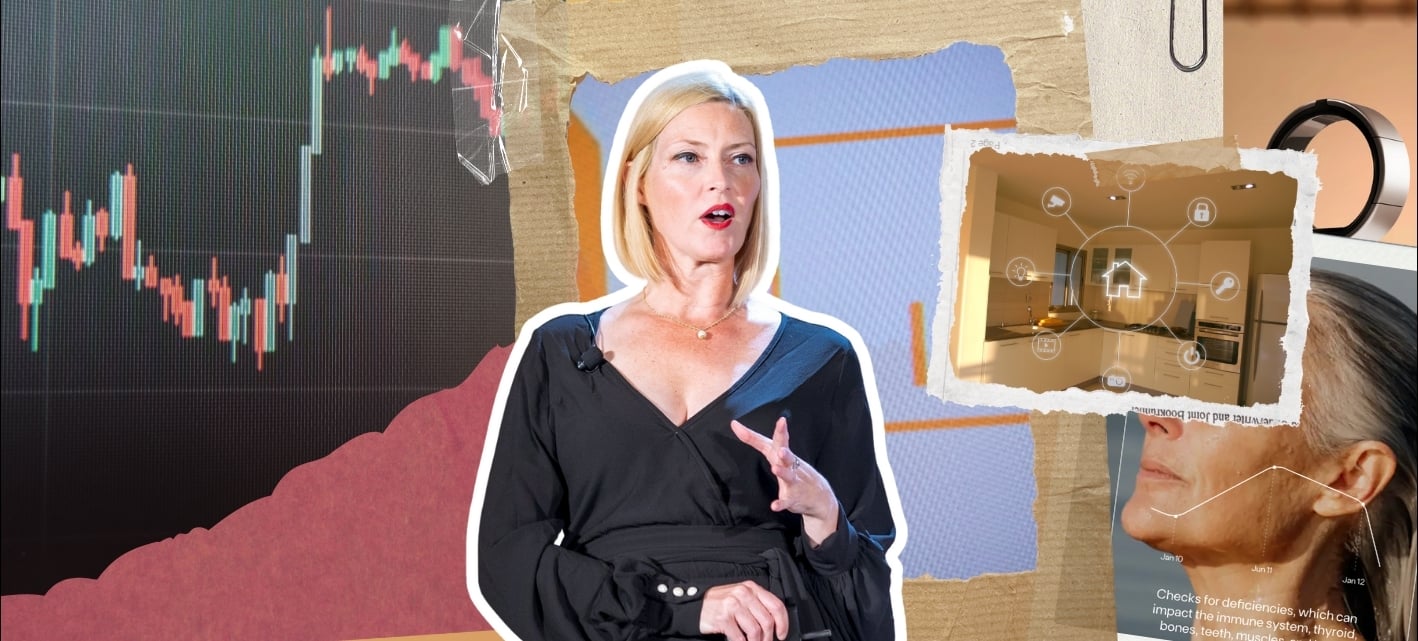

Comments